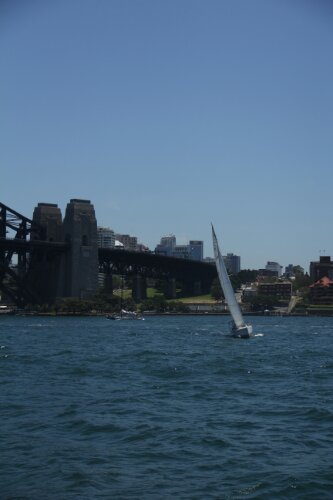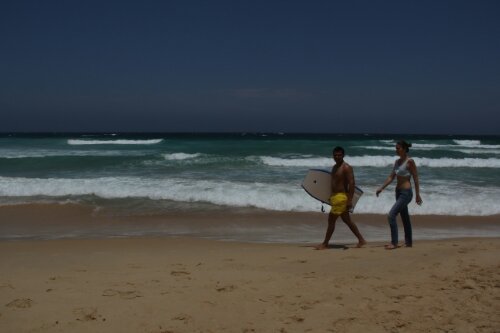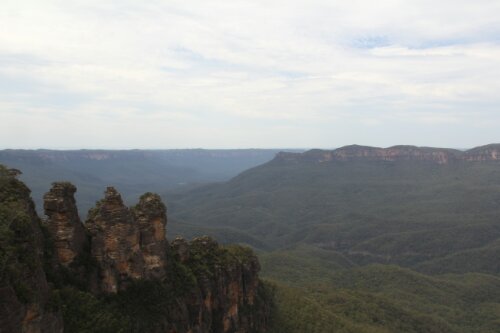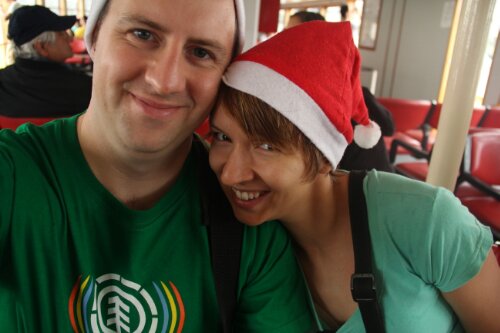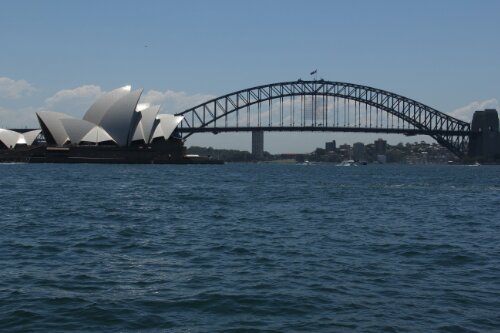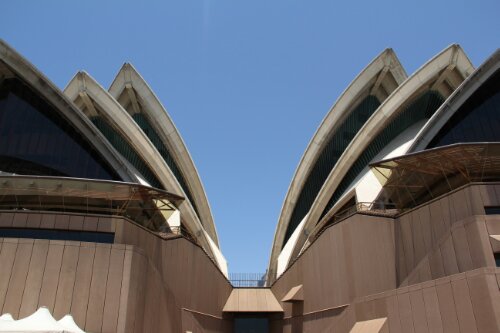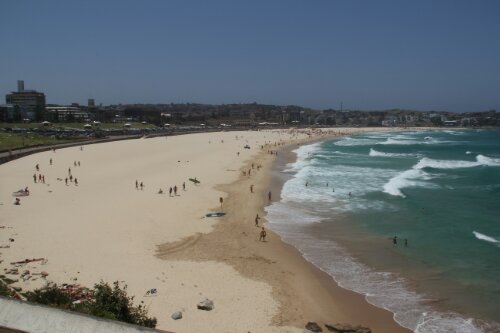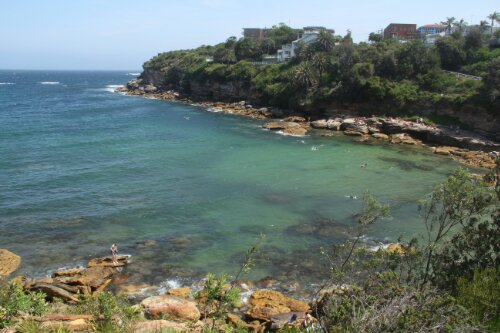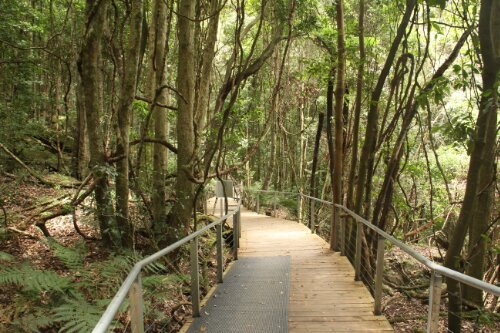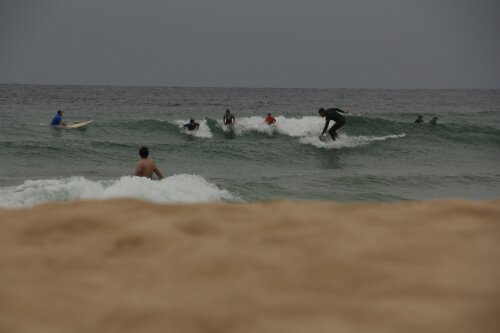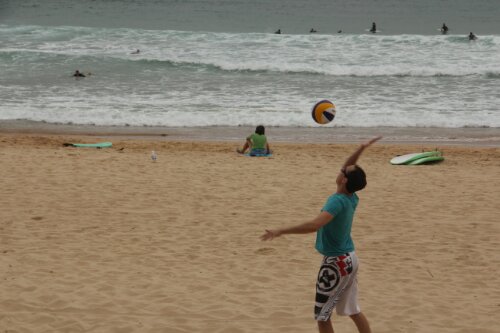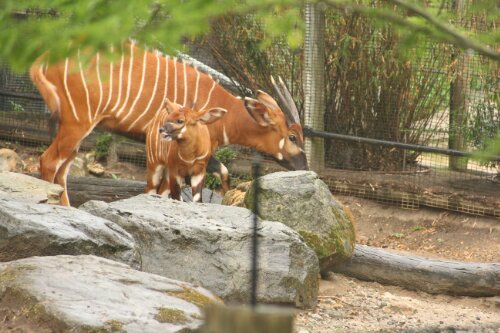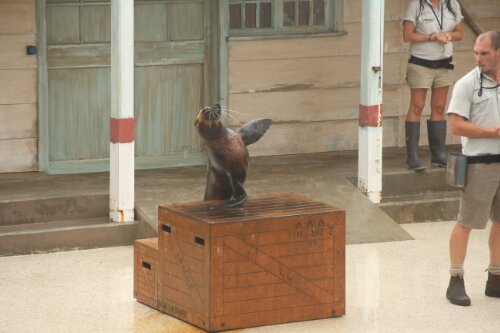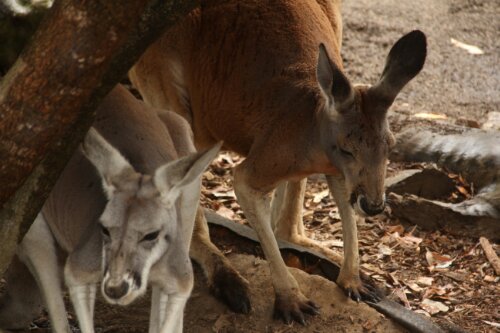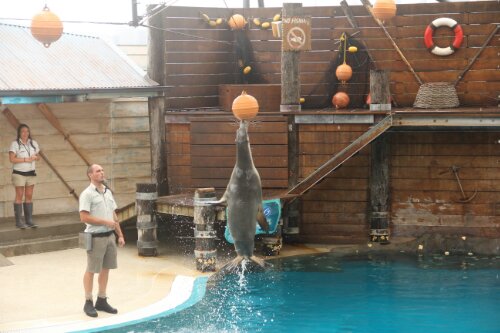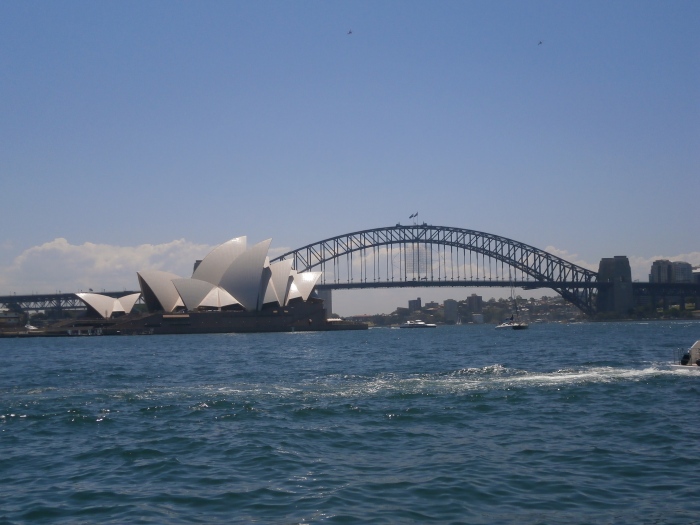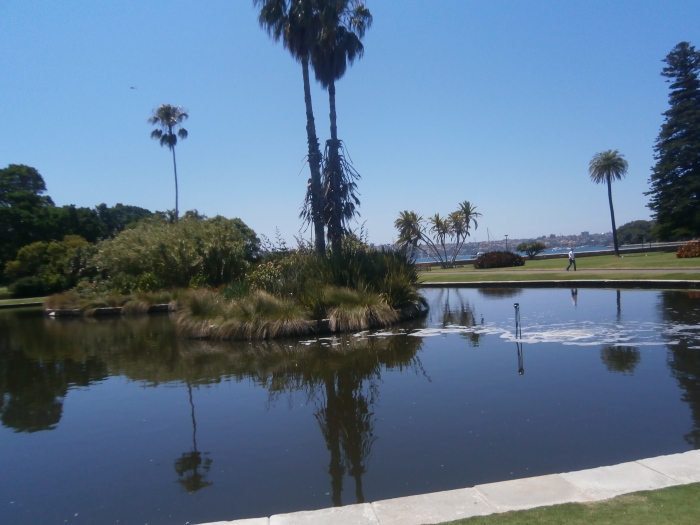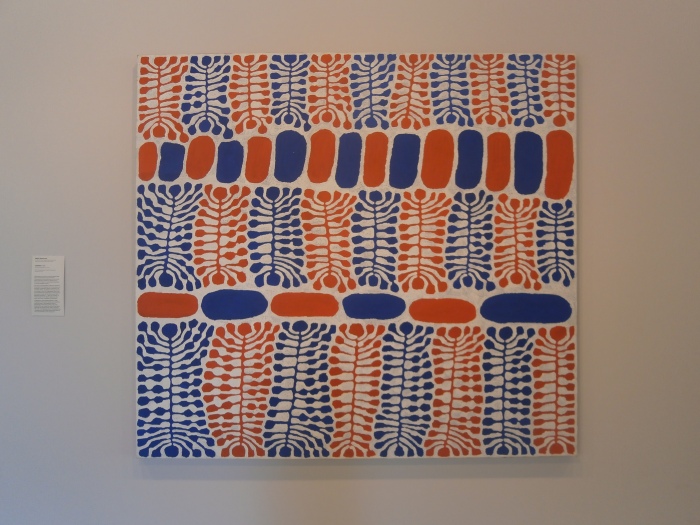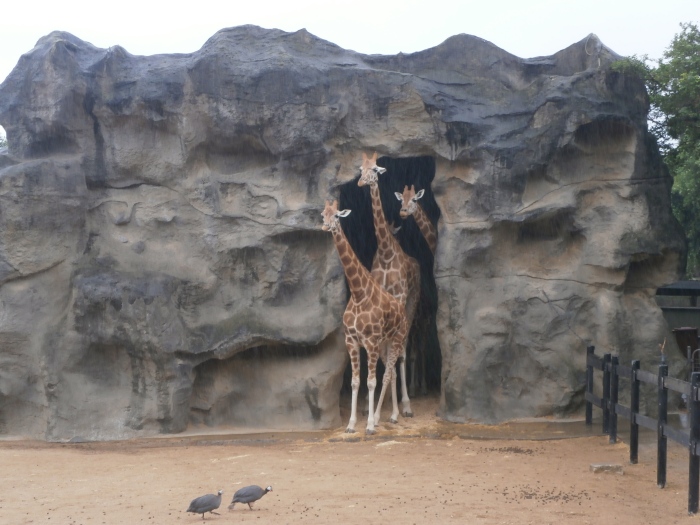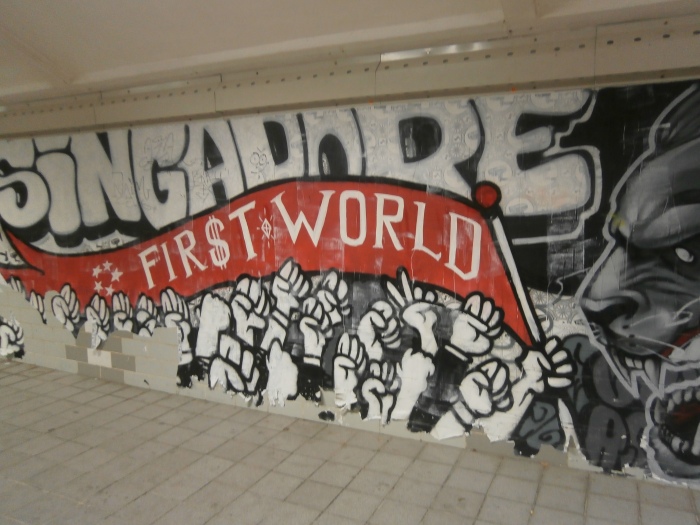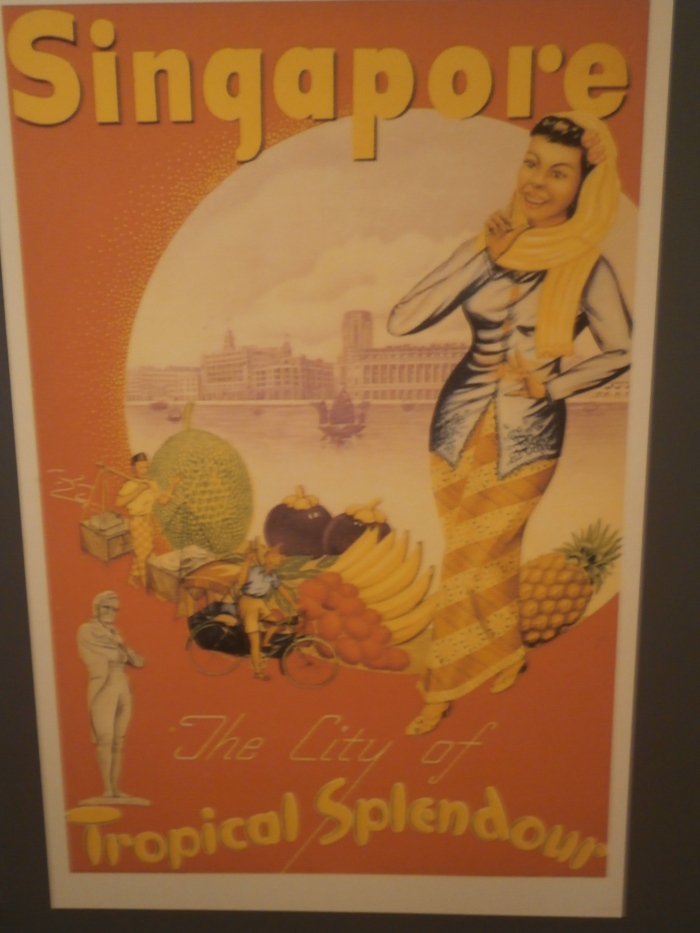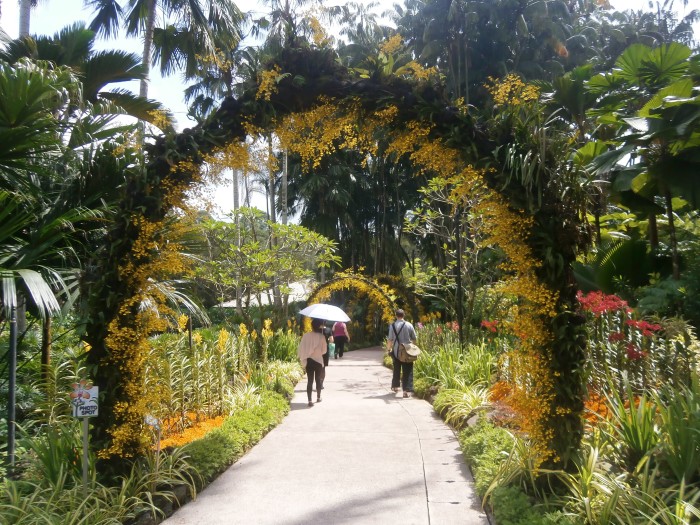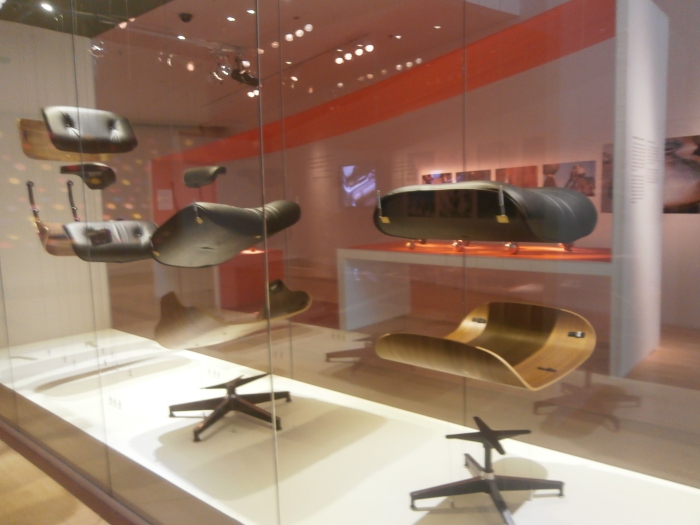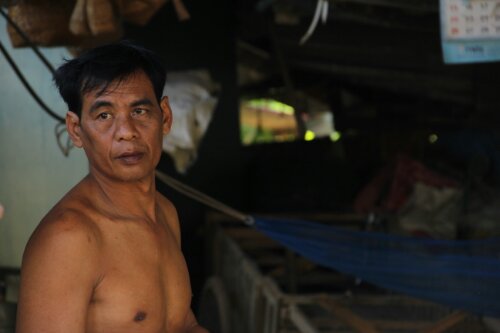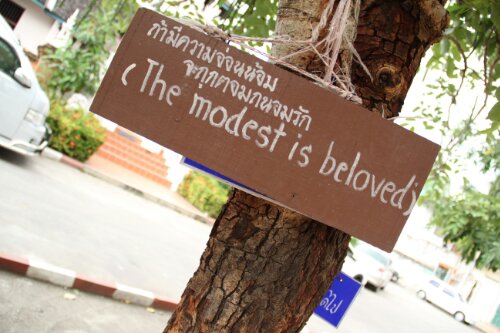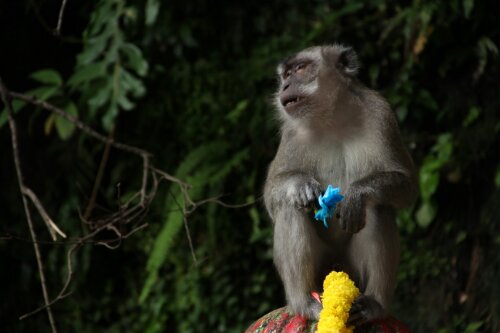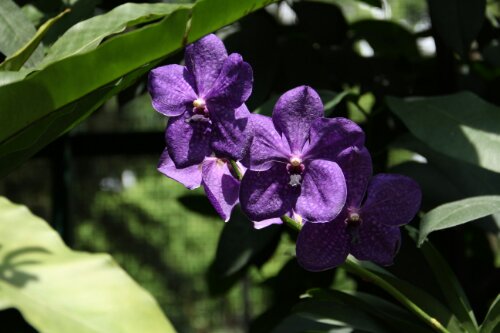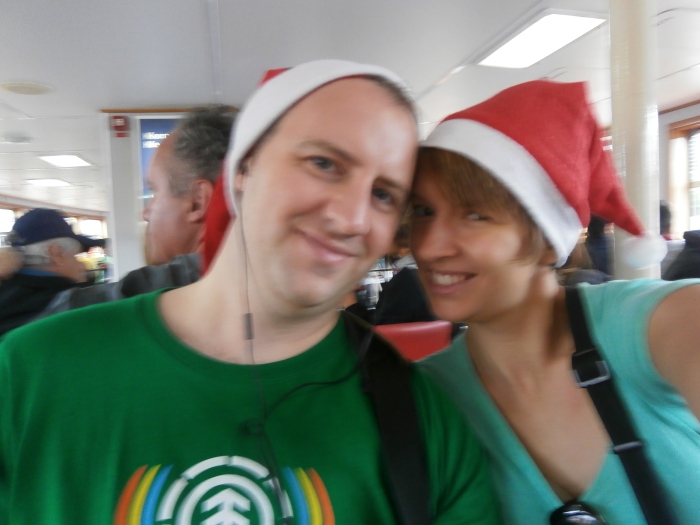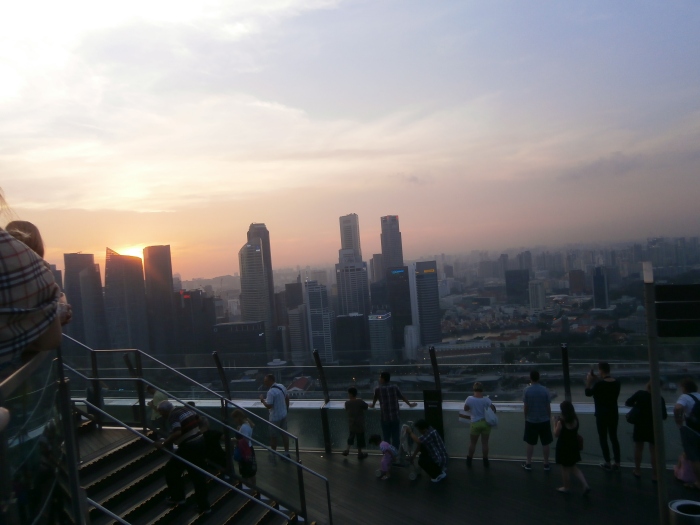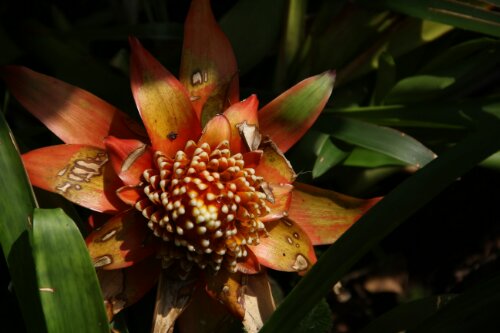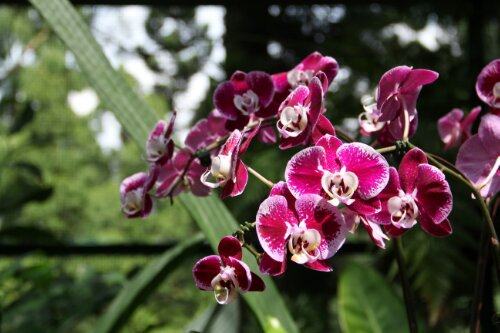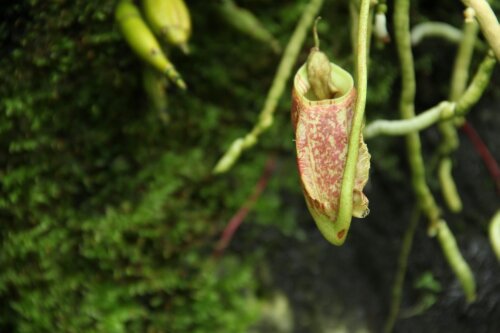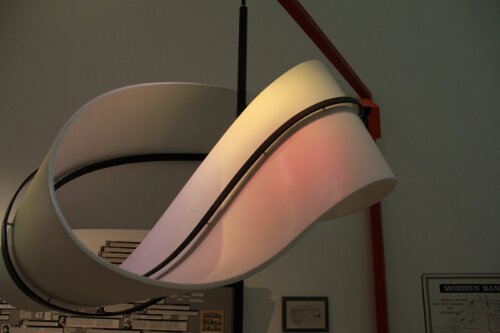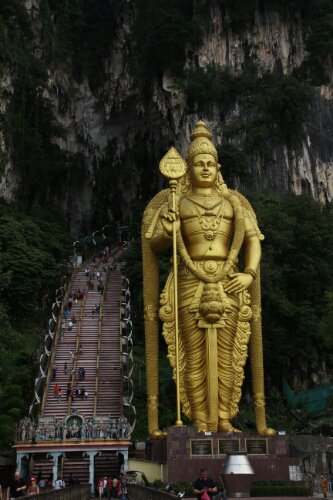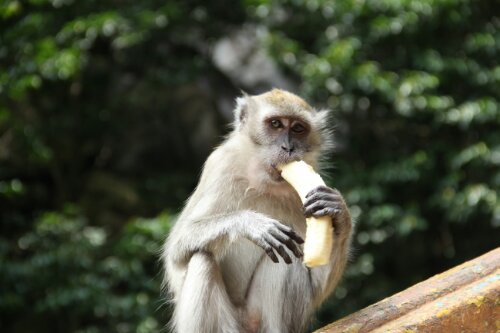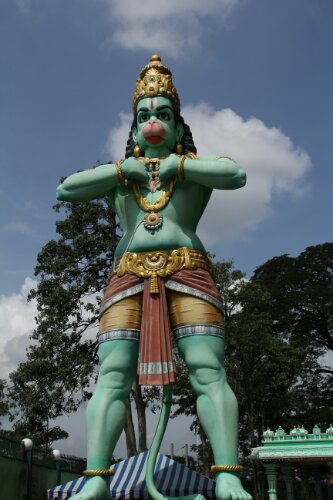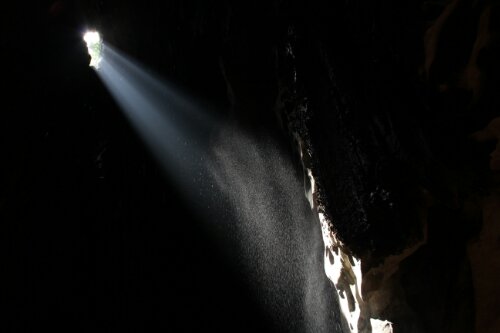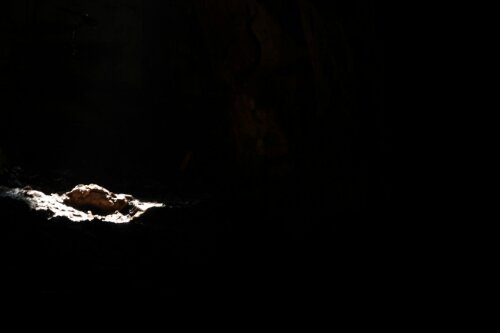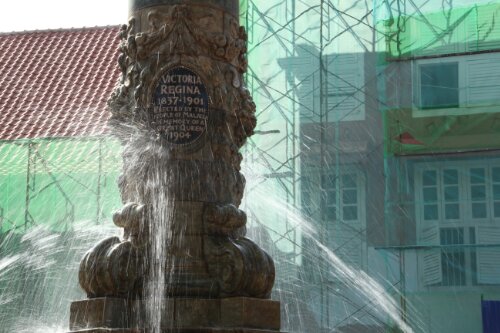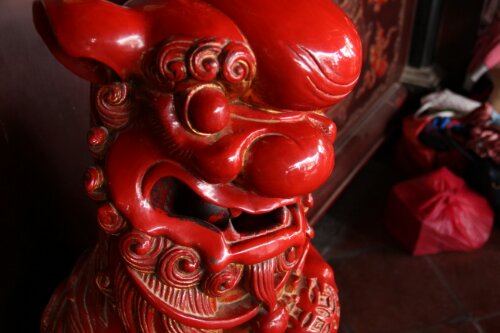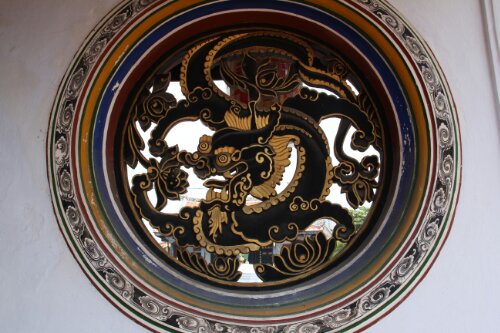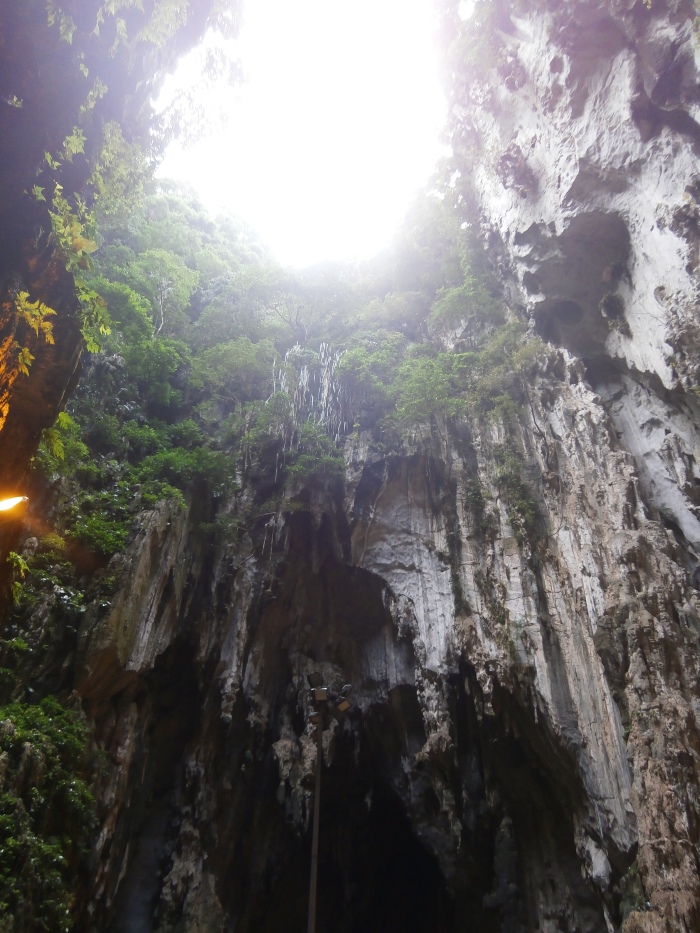
I’ll get this out of the way straightaway: I did not like Kuala Lumpur at all. Some of the reasons for this were not the city’s fault, and some were.
I think I’ve simply hit a point in the trip, more than four months in, where we are really feeling the things we left behind. I miss my house, and especially my kitchen. I miss cooking, and all the spices, oils and condiments I had acquired to make things in my own style. While staying in hotels has its advantages, we haven’t been able to cook for ourselves since we left Moscow. I would kill, or at least commit GBH, for a more varied range of food and in particular for a bagel with some vegan cream cheese. I miss baked potatoes, of all things. I miss my knitting needles desperately every time I spend time on a beach (yes, I know). I really miss the seasons; believe it or not, you can become tired of perpetual summer, scorching heat, and humidity. I crave a snuggly jumper and a clear, crisp winter’s day. I miss my city, and the effortless, intuitive ease of navigating it.
Where Kuala Lumpur lost out, for me, was in walkability. I have been a city girl my whole life, and cannot tolerate a city I can’t walk around. Kuala Lumpur is a relatively modern metropolis (it wasn’t founded until 1857) and the influx of oil money has left it an air-conditioned wasteland consisting primarily of malls, condo towers and six-lane highways. I had to take taxis over ridiculously short distances a few times because of absent, or simply blocked, pavements. KL has a serviceable tube train network (including women-only carriages), but getting from the station to a monument or museum can be all but impossible. It goes without saying that there are almost no pedestrian crossings or signs at pedestrian level. It’s hugely depressing and aggravating.
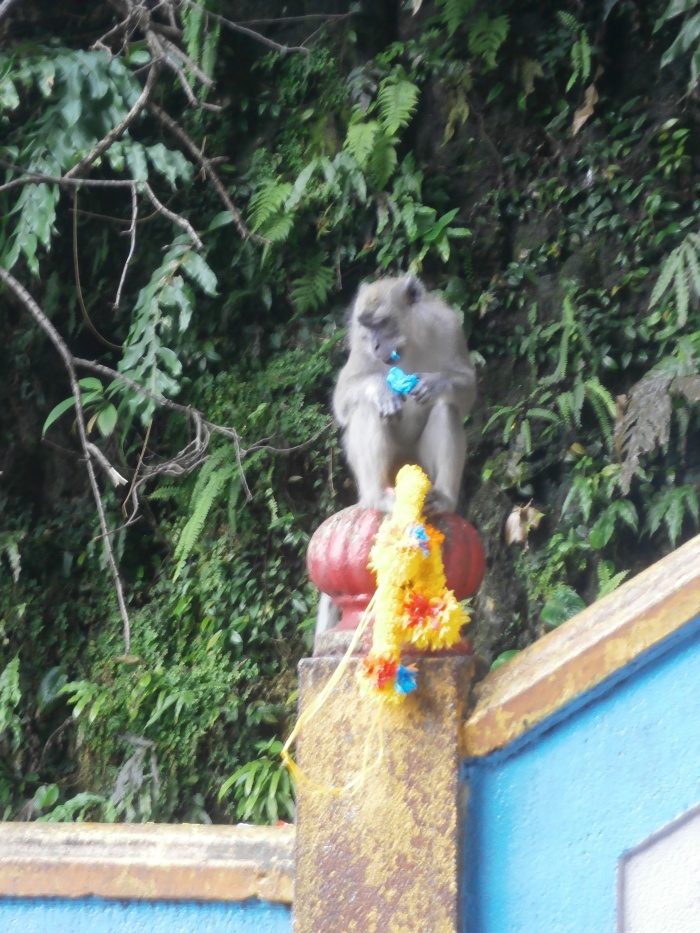
Now that we’re moving back towards the First World, we’ve switched from staying in hotels to using Airbnb, where people who have a spare room rent it out to travellers. In KL, we stayed with Steve and his black poodle, Papi, on the 30th floor of a condo tower in the north of the city. Steve, who had travelled extensively and lived overseas, introduced us to some of the local Chinese noodle restaurants, where we ate at plastic tables in the street, brushing off the pools of tropical rain.
On our first day in the city, we headed north to Batu Caves, where huge natural limestone cave formations have become filled with Hindu temples and shrines. From the moment we got off the commuter train, it was as if we’d stepped back onto the Indian subcontinent – saris, jewelled suits, bindis, bhangra music, and the eerie blue-green skintones of the holy statues. I breathed in the scent of spices and racked my brain to try and remember the Hindi for “thank you”. (I needn’t have bothered; Bahasa Melayu, the Malaysian language, draws from Tamil, not Hindi.) After climbing the steps to the main temple, we took a detour into the “dark caves” on the side, where an entire ecosystem based on bat guano exists in perpetual darkness and the slow drip of water. While we didn’t see the “cave racer”, a snake that eats bats and can climb, or the trapdoor spider, the world’s rarest, our guide’s flickering torch showed us the cave cricket, huge stalactites and stalagmites, and delicate banded flow walls. Bats chitter and flicker in and out of the few shafts of sunlight that come in from overhead.
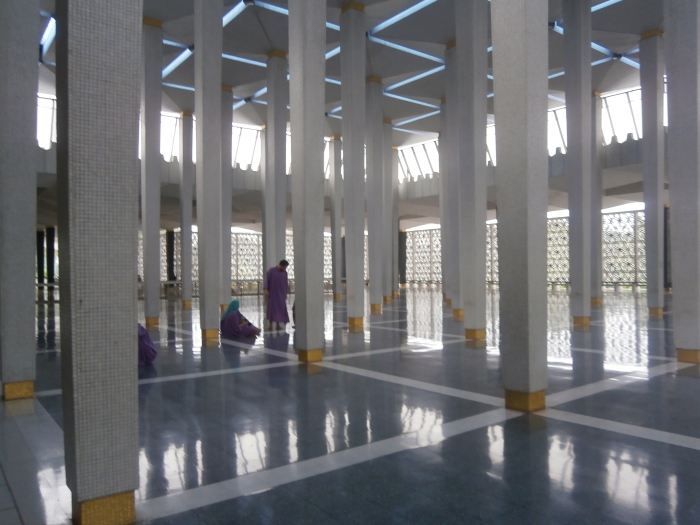
On our second day, Loz had an appointment of several hours’ duration with a needle, so we spent a rare afternoon apart. I headed first to the National Museum of Malaysia, a modern, spacious, and well-curated institution that covers the journey from prehistoric human settlement to the establishment and recent history of the modern nation, which achieved its independence in 1957 after being handed between the Portuguese, the Dutch, and the British like an unwanted Christmas gift. The museum did a great job of laying out the process by which the country formed, economically and ethnically – the ethnic Malay population was supplemented by the Chinese, who came first to trade and later to mine tin and escape Communism, and the Indians, largely imported by the British to work in the rubber plantations. The museum stresses the importance, and supposed maintenance, of ethnic and racial harmony since independence. I had also somehow never realised that Singapore had been a part of Malaysia until 1963. Afterwards, I visited the National Mosque of Malaysia, which is built in an unusual modernist style, with a starburst roof and extensive pillared terraces. I was given a hooded purple robe to cover my clothes, and wandered around for half an hour enjoying the sense of peace, before moving over to the Centre for Islamic Arts just as the call of the muezzin began to echo out behind me.
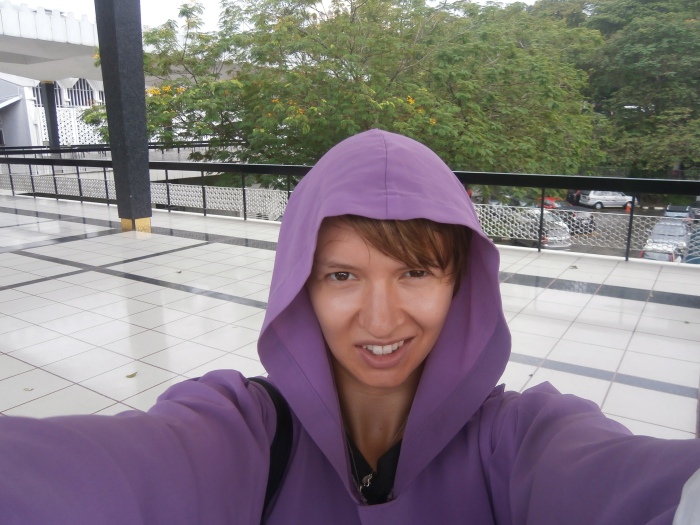
On our last day, we took a tour to the port city of Malacca, once one of the main Malay sultanates until the Portuguese took it in 1511. Suresh, our garrulous Indian guide, picked us up early for the two-hour drive out of Kuala Lumpur, then took us to the central square, where the old Portuguese church is complemented by a British-built fountain dedicated to Queen Victoria. In Christ Church, a service was taking place in Mandarin Chinese. We climbed to the top of the hill to St. Paul’s church, built during the Dutch period, where gravestones in Latin, Italian and Portuguese line the walls, before descending to the Portuguese-built fort, once on the edge of the water before the city began reclaiming land.
“This country was nothing before the British!” said Suresh. “What was it, a jungle filled with animals. The British brought everything here. Rubber trees from Brazil, oil palm from Nigeria, tea from Sri Lanka. They built roads, schools. The British were not so bad. You think the British were bad, I tell people, you should go to Sumatra and see what the Dutch did there. Better the British than the bad Dutch any day.”
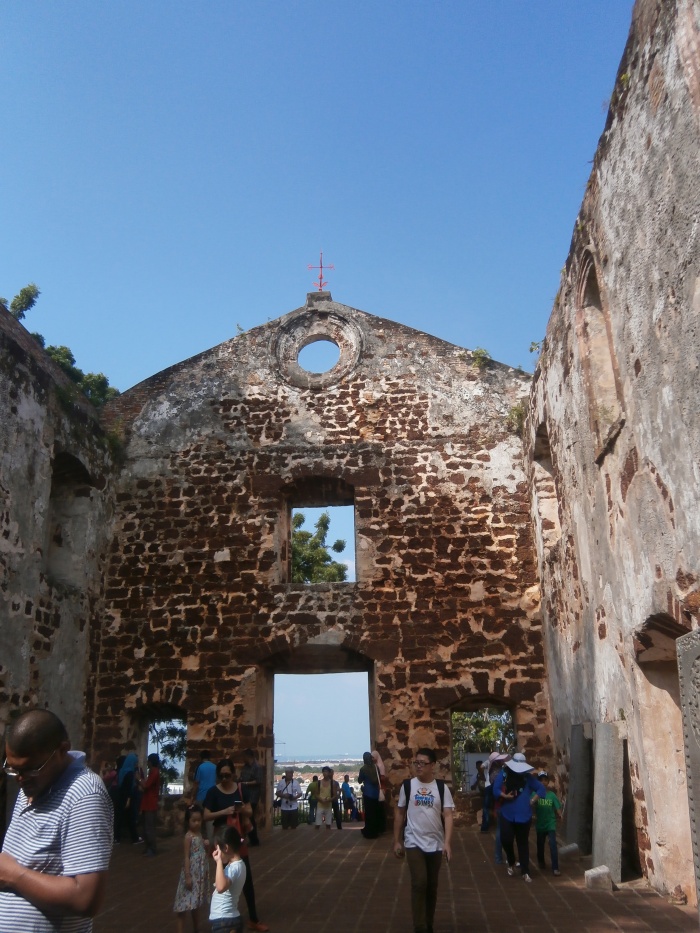
From the fort, we visited some of Malacca’s oldest Chinese temples, one built from the remains of a single Chinese ship. The shops lining the street towards the temples are filled with paper items; paper sports cars, paper houses, paper money, which is burnt as “hell money” at funerals, to provide resources to the spirit beyond death. The temples reeked of incense, with little storms and eddies of burnt paper curling around the tables where food offerings are made to the tablets of ancestors. Afterwards, Suresh, promising us something special, took us to a local shop where the owner proudly produced a pair of pink silk shoes made for bound feet. The owner beamingly explained that his shop was the only place in the world where the shoes were still made, while I looked at their tiny, distorted shape and pushed back a wave of nausea.
“The British gave the Indians only a house, a school, and a temple,” said Suresh. “Then they gave them palm alcohol all the time, and all they did was drink and make babies. They thought the British would never leave. My grandfather was an alcoholic. My parents never went to school. Now we have to work very hard seven days a week to get a living. The government is all for the Malays. It is not for us.”
On the drive back to the city, I fell into an exhausted, headachy sleep. Then it was to KL Sentral station for an overnight train to Singapore.
